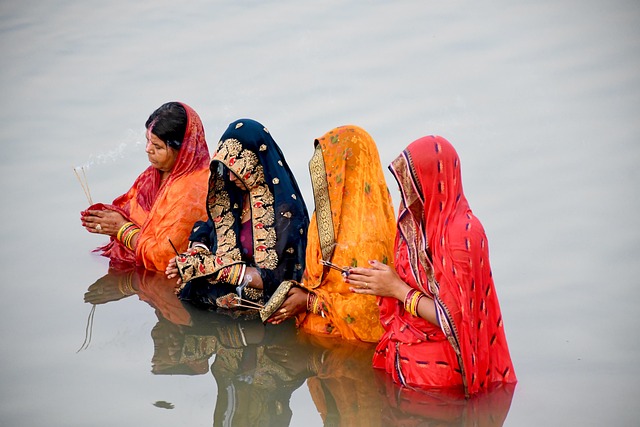Across different cultures and societies, worship customs weave a rich tapestry of human experience, binding communities through shared sacred practices. These age-old traditions, steeped in history and spirituality, reveal the profound ways in which we connect with the divine and each other. In exploring the realm of ancient worship, we unearth not only the rituals themselves but also the deep-rooted significance they hold for countless generations.
The essence of worship customs lies in their ability to transcend time and space, creating a bridge between the mortal and the divine. From the intricate ceremonies of indigenous tribes to the solemn observances of major world religions, these practices offer insights into the beliefs that shape our existence. They serve as a reminder of our shared humanity, connecting us to our ancestors and to those who walk the earth alongside us today.
Take, for instance, the rituals surrounding the changing of seasons, a common thread in many faiths. Communities gather to partake in ceremonies that celebrate the harvest, the solstice, or the renewal of life. These events are not merely about rituals; they are powerful affirmations of life, resilience, and gratitude. They illustrate how worship customs can foster a sense of belonging, as individuals come together to honor their shared values and beliefs.
Moreover, ancient worship customs often involve symbolism that transcends language and culture. Whether it’s the use of sacred artifacts, songs, or storytelling, these elements serve as vessels for conveying deep spiritual truths. The rituals surrounding the lighting of candles, for example, can serve as expressions of hope and illumination, resonating across various faiths. In this way, even seemingly simple practices can hold profound meaning, connecting individuals to the larger narrative of humanity’s quest for understanding and connection to the divine.
In many religions, the act of worship is more than a solitary affair; it emphasizes communal participation. Gathering together for prayer, meditation, or ritual strengthens bonds and fosters a sense of unity. These shared experiences not only enhance faith but also cultivate an environment of support and love among participants. Such customs are fundamental in building resilient communities capable of navigating the complexities of life.
As we delve deeper into the sacred traditions of the past, we are invited to reflect on our own worship customs. What practices have we inherited? How do we honor them in our lives today? By examining the rituals that shape our spiritual landscape, we not only preserve our heritage but also enrich our understanding of the world and the diverse expressions of faith that exist within it.
In conclusion, the exploration of ancient worship customs in religion reminds us of the enduring power they hold. They are not just relics of the past; they are vibrant, living expressions that continue to inspire and unite us. As we honor these customs, we honor the myriad paths of faith that lead us toward understanding, compassion, and love for one another.




